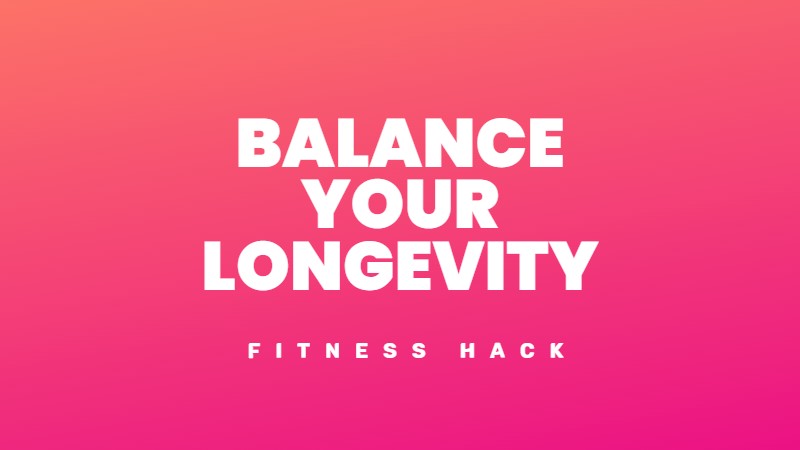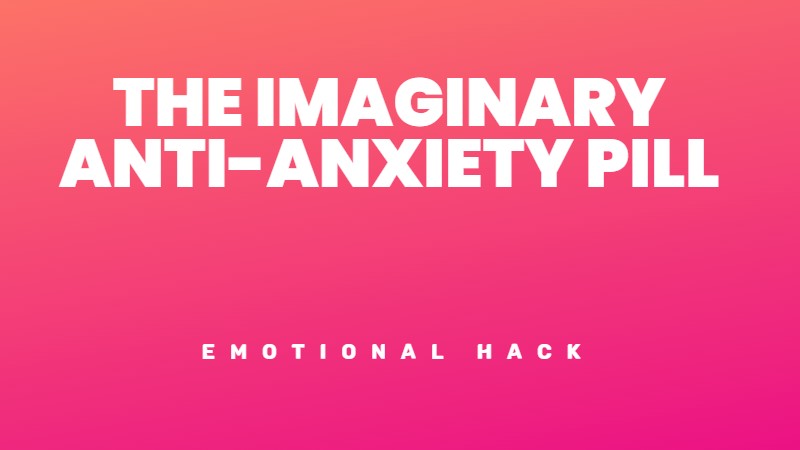My doctor never mentioned movement when I complained about my sleep.
She suggested cutting caffeine, keeping a regular schedule, and darkening my bedroom. All solid advice that barely helped. My sleep tracker still showed fragmented patterns and minimal deep sleep.
What many sleep experts are only now beginning to understand is that sleep quality begins hours before you close your eyes.
A study published in Nature reveals how physical activity throughout your day dramatically shapes your sleep. Walking, running, and even simple household chores push your brain toward healthier sleep patterns with more restorative deep sleep and balanced REM cycles.
Your body writes the script for tonight’s sleep with every move you make today.
The movement-sleep connection
Recent studies using wearable devices provide clear evidence that how much and what type of movement you get during the day changes your sleep.
More movement = better sleep quality
The research shows that physical activity significantly changes sleep structure in several important ways:
The problem with sitting
Excessive sedentary behaviour shows the opposite pattern:
Research shows these patterns, too much REM sleep early in the night and shortened REM latency, are linked to mood disorders and depression.
How these sleep changes affect your mood
The sleep architecture changes from physical activity directly benefit your mental well-being:
Types of movement that help sleep
The research identifies several beneficial patterns:
Making movement work for better sleep
The evidence clearly shows that physical activity and sleep quality work together to improve mental well-being. Most importantly, the research suggests these effects build over time. The movement-sleep connection isn’t just a one-night benefit but creates sustainable improvements when maintained consistently.
Particularly noteworthy is that these sleep benefits occur in real-world environments, not just laboratory settings. The sleep architecture changes have been observed over weeks and months, suggesting a lasting relationship between your daily movement patterns and your nightly sleep quality.
For those struggling with sleep issues or mood challenges, increasing daily movement offers a natural strategy to improve both sleep quality and emotional well-being.
The best time to move for sleep benefits
The timing of your physical activity matters:
Science clearly demonstrates that the quality of your sleep begins long before your head hits the pillow. By making movement a consistent part of your day, you’re setting yourself up for better sleep, improved mental well-being, and improved physical health.




Gi tilbakemelding om dette